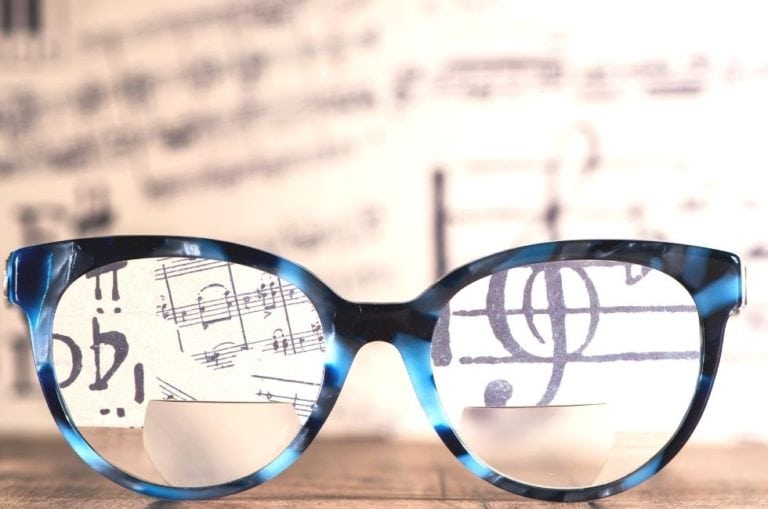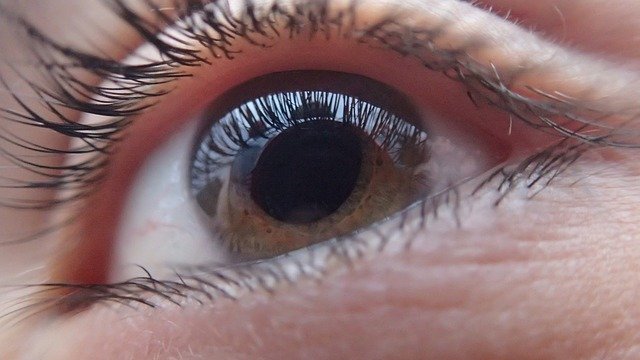Studies over the past decade suggest that a physical exercise routine can improve and strengthen both sight and vision. It has also been shown to lower the likelihood of getting vision’s Big Three threats, glaucoma, cataract, and age-related macular degeneration, and reduce or manage the progression of these eye diseases in those who already have them, according to Australian behavioural optometrist Jacqueline Gattegno.
She says that the prevention or management of these three best known and recognised eye diseases is of vital importance as all three, if not controlled, can slowly lead to blindness. And, according to studies investigating possible links between inactivity or sedentary lifestyles and eye diseases like glaucoma and age-related macular degeneration, even moderate exercise reduced the chances of getting glaucoma by 25%. Routines involving exercise only every second day significantly lowered the chances of age-related macular degeneration.
But the positive effects of physical exercise on eye health do not stop there, it can also help lessen or remove the impact of general health issues on eye health.
Exercise Can Help More Than the Big Three
According to Gattegno, physical exercise, along with a healthy diet, can lower levels and improve management of many of the most serious general health issues which affect the eyes and vision severely and can also threaten sight over a period of time.
This includes controlling diabetes, which if left to run rampant can lead to retinal damage, and impact on sight by causing swelling in the macula which contains the vital photoreceptor cells that detect light. Diabetes can also lead to high blood pressure and high cholesterol levels; both of which can affect the small blood vessels in the eyes, and also damage the light-sensitive retina.
Exercise Routine Can Be Gentle
She says that as the studies showed, even a gentle but regular stroll through the park can improve and maintain both general and eye health, especially in those with a sedentary lifestyle, and it’s not necessary to overdo it. Walking briskly for 30-minutes every second day can be sufficient.
“The only catch is that this is not a quick fix which can be applied for a while and then stopped. To keep reaping the benefits it is vital to keep following the programme at least three times a week,” Gattegno says.
Stepping Up the Pace
Most cardiovascular exercises which get the heart pumping and pulse rising, whether carried out in the form of dancing, riding a bike, running or walking, are the most likely to bring about even better outcomes with regard to vision problems.
They increase the flow of blood to both the optic nerve and to the retina, reducing the effects of hypertension (high blood pressure) on the eyes, helping control macular degeneration, and reducing the high intraocular pressure which causes glaucoma, Gattegno says.
At the same time, hormones and anti-oxidants produced by the body in response to the exercise can also help protect the retinal ganglion cells. The retinal ganglion cells process the sight data received from light rays which land in the eyes and dispatch it to the brain.
HEAR: Ultra106.5FM Interview with Gary Rodney – Covid and Myopia: What you need to know!
For more information on eye diseases, eye health and vision, or to book an appointment, visit the Smart Vision website: Optometrists Sydney: Optometry Services For Children and Adults | Smart Vision; for specific information about Myopia treatment and prevention visit Myopia Prevention: Solutions, Control And Treatment In Sydney; and for detailed information about Myopia Treatment visit Orthokeratology In Sydney: The Non Surgical Alternative.
Book an appointment for a thorough eye check-up or Call the Bondi clinic on (02) 9365 5047 or the Mosman clinic on (02) 9969 1600.







